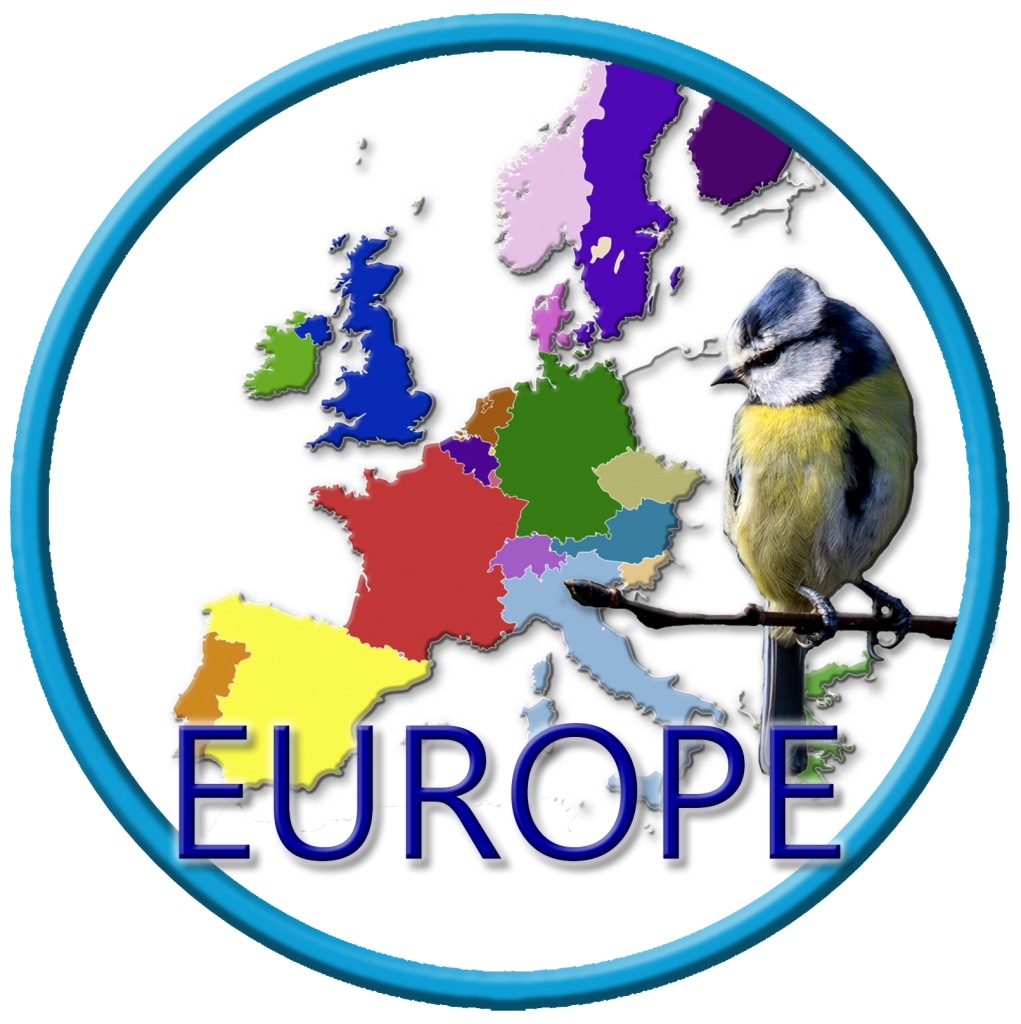
Western Europe Birds & Birding (#48/52): From the Highland Willow Scrub of Scotland to the Aegean Islands in the Sea of Crete, Western Europe is home to over 800 resident, migratory and vagrant birds. From songbirds to gamebirds and from waterfowl to raptors, you can find birds virtually in every nook and cranny of this beautiful area. *All images showcased in this blog series were taken and edited by me.
A Reflections of the Natural World Blog Post Series by Jim Gain
White Wagtail (Motacilla alba) are slender birds with a distinctive black and white face pattern, black bib, pale gray to blackish back, and big white wing patches.

Physical Characteristics:
The White Wagtail is a slender bird, recognizable by its long, constantly wagging tail—a distinctive feature of its genus. Various subspecies exist, differing in wing color, back, head, and other features. Some even exhibit sexual dimorphism during the breeding season. The British and Irish form, known as the pied wagtail (M. a. yarrellii), exchanges the gray color of the nominate form with black (or very dark gray in females) but behaves similarly. During winter in India or Southeast Asia, up to six subspecies may coexist, making identification challenging.

Diet:
The White Wagtail is an insectivorous bird that thrives in open country, often near human habitation and water. It prefers bare areas for feeding, allowing it to spot and pursue its prey effectively. In urban environments, it has adapted to foraging on paved surfaces like car parks.

Abundance and Distribution:
White wagtails breed throughout Eurasia, except for the Arctic regions. They also breed in the mountains of Morocco and western Alaska. While they are residents in milder parts of their range (such as western Europe and the Mediterranean), they become migratory elsewhere. Northern European breeders winter around the Mediterranean and in tropical/subtropical Africa, while Asiatic birds move to the Middle East, India, and Southeast Asia. Even the North American population winters in tropical Asia.

IUCN Red List Status:
According to the International Union for Conservation of Nature (IUCN), the White Wagtail’s conservation status is “Least Concern” (LC). Currently, no direct threats to this species have been detected, although it could be affected by general changes in the future.
For more information, you can explore the IUCN Red List and learn about the conservation status of various species.

WHITE WAGTAIL WAS LIFER #796


Leave a comment